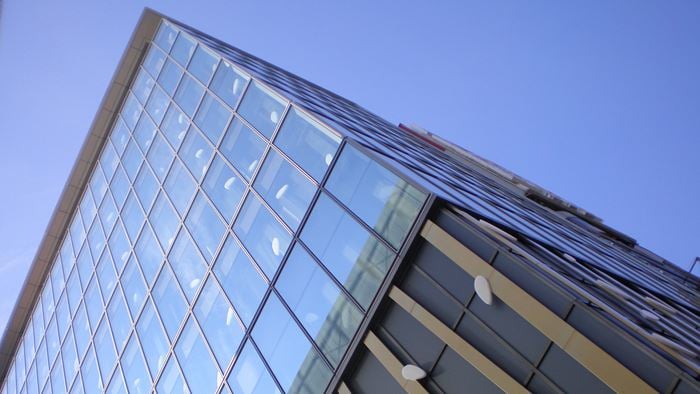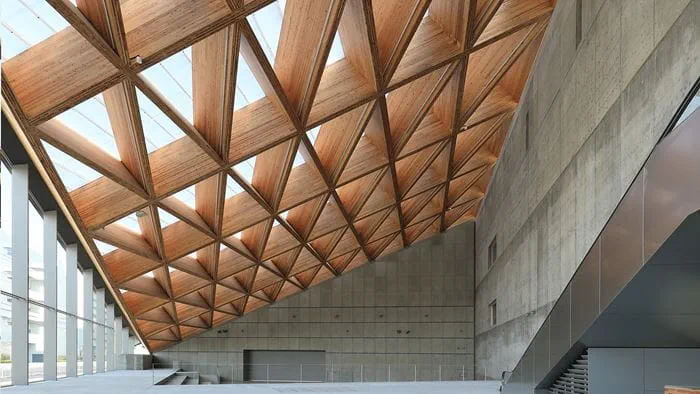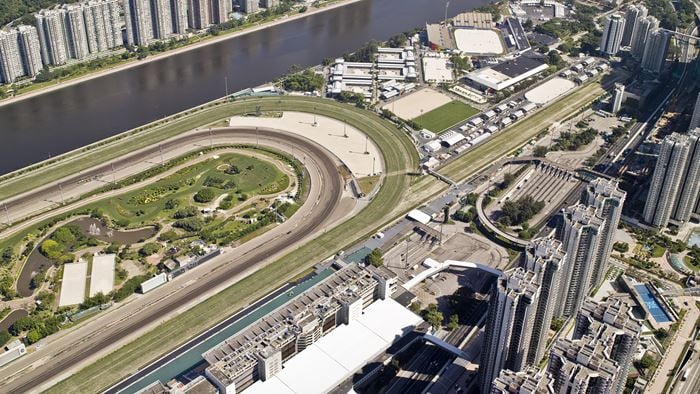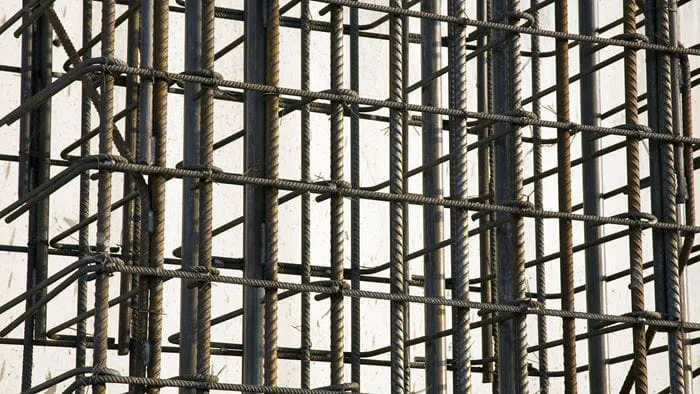The closure of the Westergasfabriek (Western Gas factory) left the existing, architecturally impressive buildings in a derelict polluted site. The local authority planned to revitalise the area into a public park and redevelop the buildings into spaces for artists studios, television, theatre and night life.
Arup developed, in close cooperation with the environmental service, an approach to restore the soil, one of the first large projects in the Netherlands where this technique was applied.
The work included design of earthworks, inclusion of artificial lake and stream, hard landscaping, provision of utilities, irrigation system, allowance for the existing historical buildings and structural engineering design of a cycle bridge and minor buildings.
Varied yet integrated spaces
The winning architectural design by Gustafson Porter creates varied yet integrated spaces within the new park.
Open grassland, hard surfaces for informal markets and secluded, private corners are interspersed between pathways aligned to principle circulation routes. The design also works with the remains of the old gas factory by opening up basements of former gas holders to create a pond and an aquatic garden.
Paddling and skating
A formal concrete lake allows children to paddle during the summer and ice skating in the winter. The lake is contrasted by an ecological stream which cascades to the existing polder area. Waterfall features create points of interest and vitality.
Pumping is employed to generate water movement, whilst the recirculation and tratment of water by filtration and UV disinfection allows a high water quality to be maintained.
Contaminated soil
Dealing with site contamination safely and cost effectively was vital to developing the new park.
Arup worked with the Milieudienst Amsterdam (local environment agency) to adopt a site-specific, risk-based approach to remediate the soil. The park of the Westergasfabriek is one of the first major projects where this approach has been employed in the Netherlands.
After earthworks to reprofile the site, placement of an engineered capping layer over the soils provides the future users of the park and the new planting with protection from the contamination.
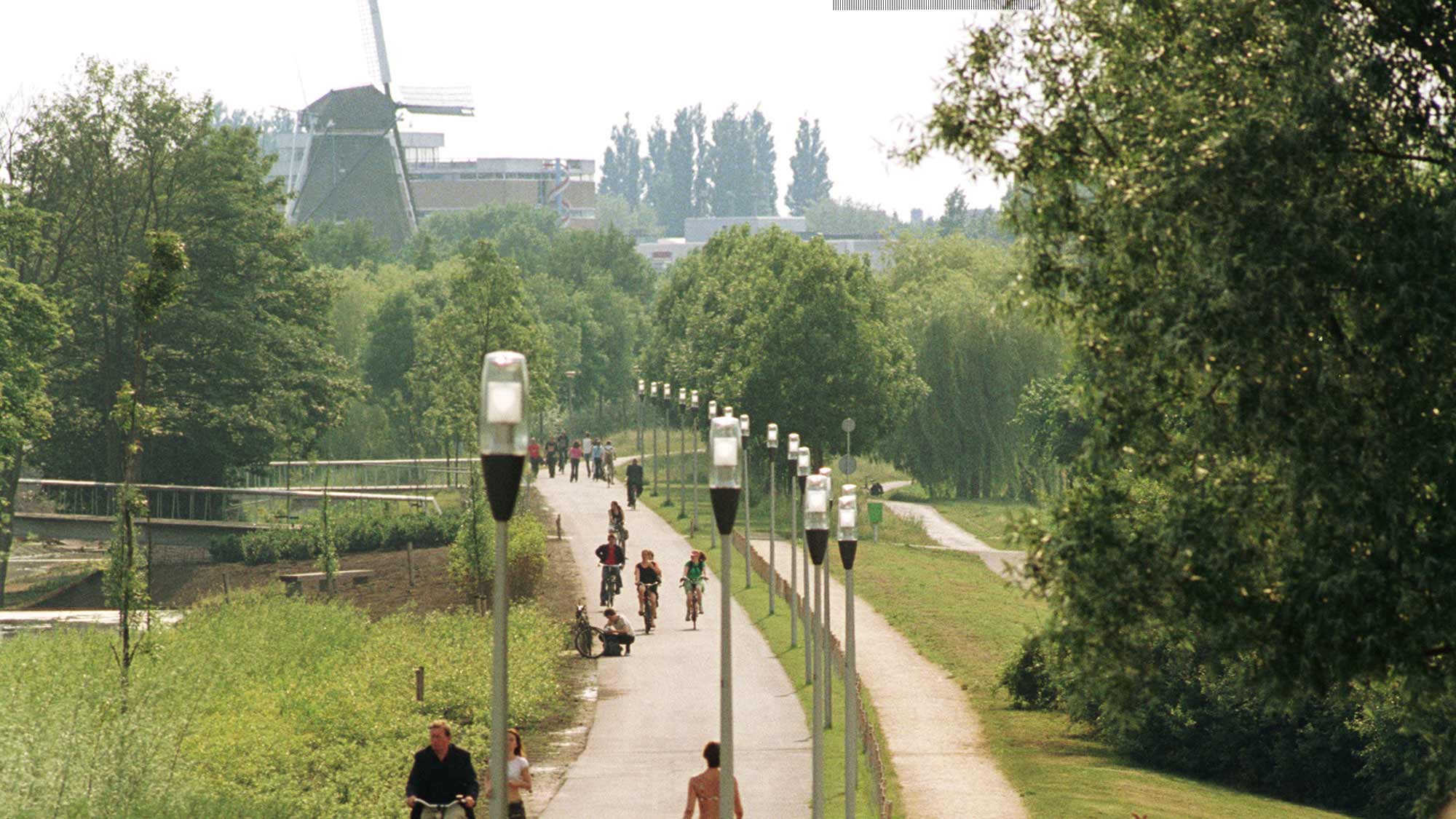 ;
;


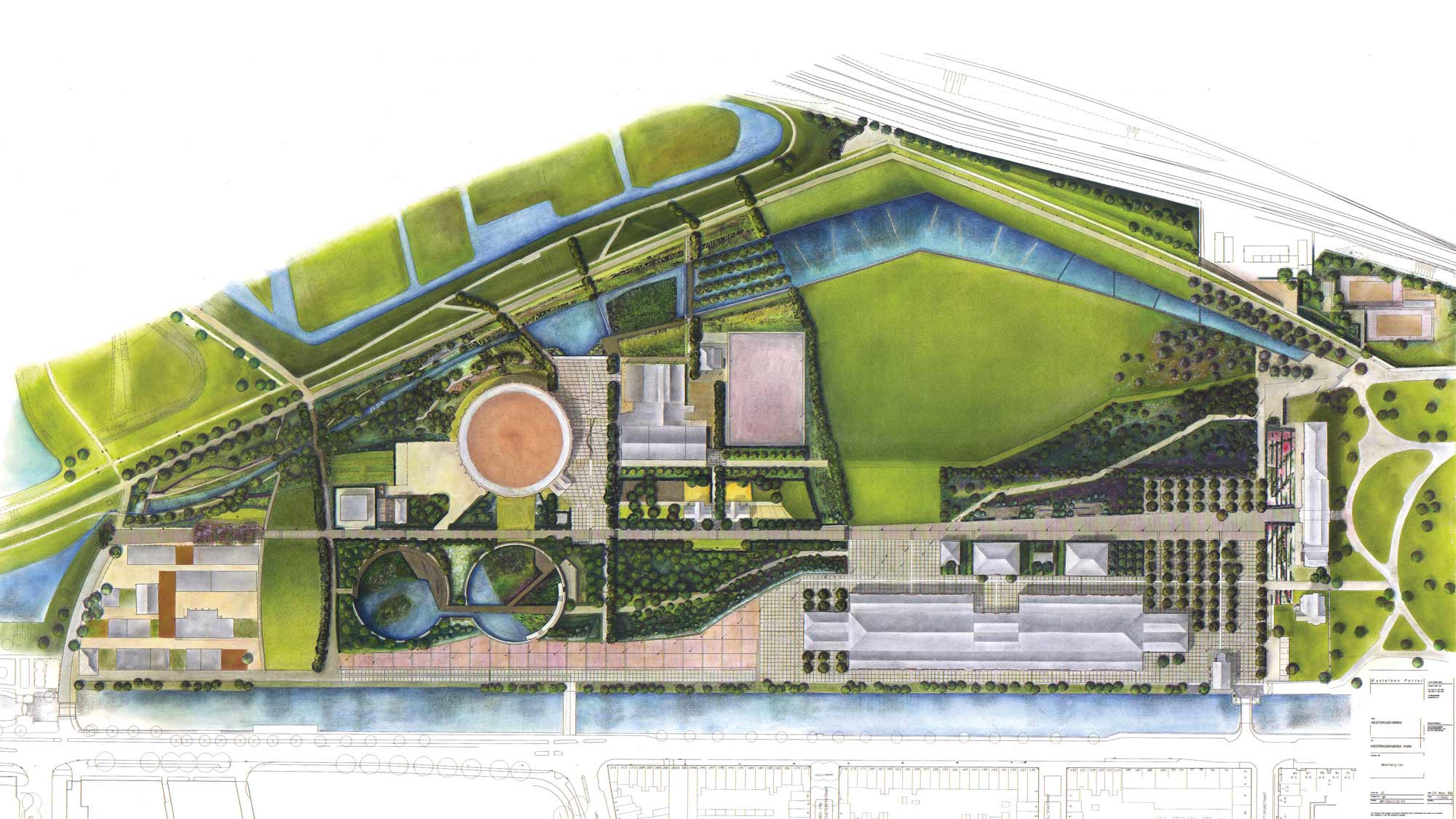
.jpg?h=393&mw=700&w=700&hash=9BCFD40E16789EE2F118F4552880D283)
